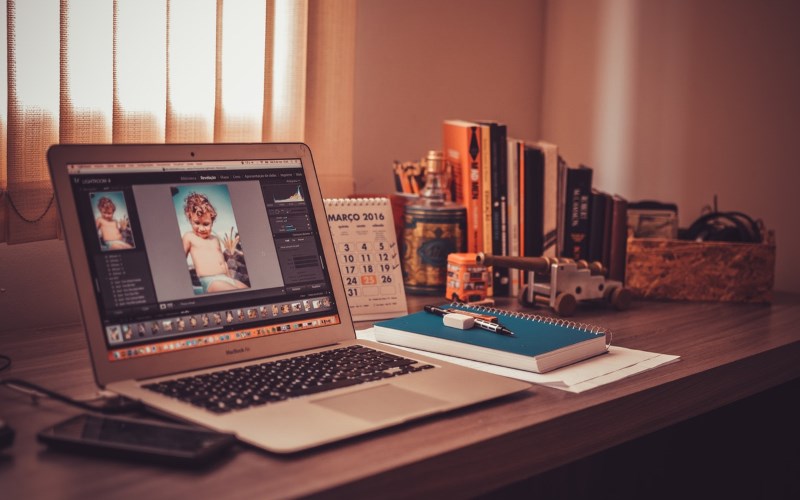
Are you desperate for great pieces to add to your artist’s portfolio? When creating digital art, there are many speed bumps that can hold you back from the rest of the pack. Not everyone is a virtuoso, and most of us have had to go back to the drawing board before we arrived at a place we were satisfied with. Luckily, all it takes is a little extra time and a few new approaches. Here are three ways we’ve managed to resolve quality issues as a digital artist.
Assess your current skill set.
First, you have to be honest with yourself. Get completely clear on what’s good about your art, and areas that honestly aren’t your forte. For example, perhaps you’re a natural with color selection, but your realism is lacking. Maybe you’re very time-efficient when creating pieces, but feel like you run short on creative ideas. Weaknesses are normal; it’s fine to acknowledge them.
Once you know where your weaknesses are, you can determine why it is that you’re not excelling in that area. Is the creativity missing because you tend to paint the similar figures from the same angle? Are you great at saving time because – let’s face it – your brush strokes are a little short and heavy? Perhaps your ability to create realistic pieces would increase if you simply took your time a little more often.
Consider your tools.
Aside from natural and learned abilities, digital artists have to think critically about their tool kit. In fact, this is the actual source of so much dissatisfaction in the field. One tool many digital artists need is a good tablet. To find the best, read Jamie’s guide.
Tablets aren’t 100% necessary for digital art, but it’s a lot harder without them. If you’re either going without or working with a subpar one, this could be the real root cause of some of your perceived weaknesses.
Work from composite photos.
In digital art, we’re often working from multiple reference photos. But we might be able to stay on track with our work a little better if we create composites of all references. For example, say we want to do a painting of a woman and her cat in front of the ocean at night. We have separate reference photos for the woman, the cat, the beachfront, and the night sky.
If we’re skilled enough in photo manipulation, we can combine the four to really nail our placement. In turn, this can make our painting (from initial sketch onward) come together much more how we’d like it to. We might not have to labor as much over those angles, where the light hits, and more. So sometimes, the answer to more satisfying art can be more time spent in Photoshop as we prepare.
Years ago, making a living as an artist was hard. But these days, digital artists have a wide range of lucrative opportunities. You can stay sharp creatively while attracting more clients if you identify your weak points, ensure you’re using the best tools possible, and spend a little more time plotting out your final product.

